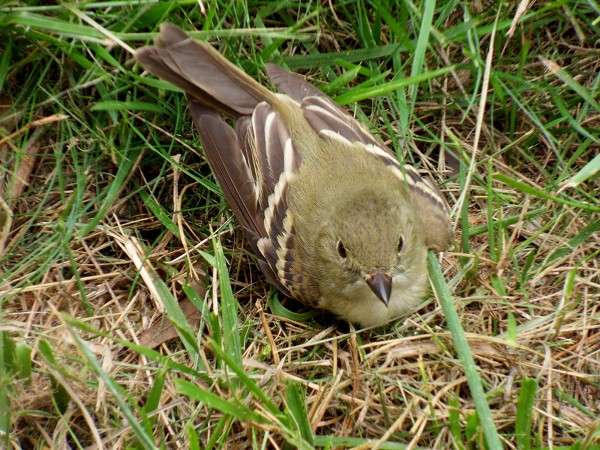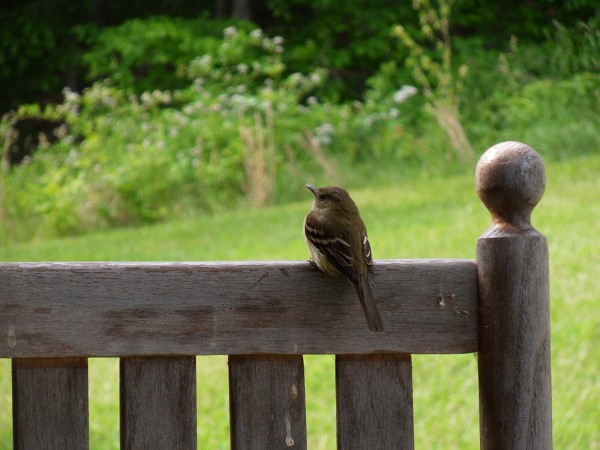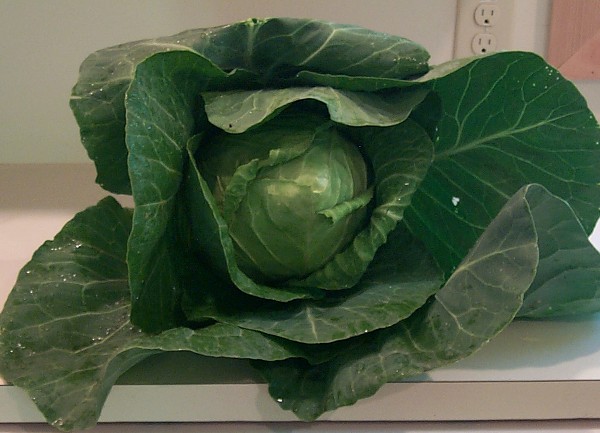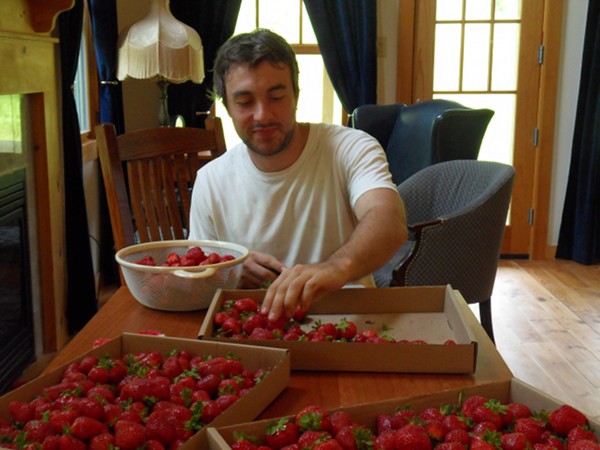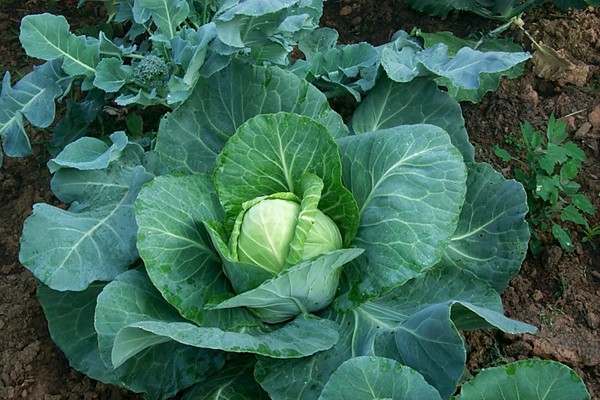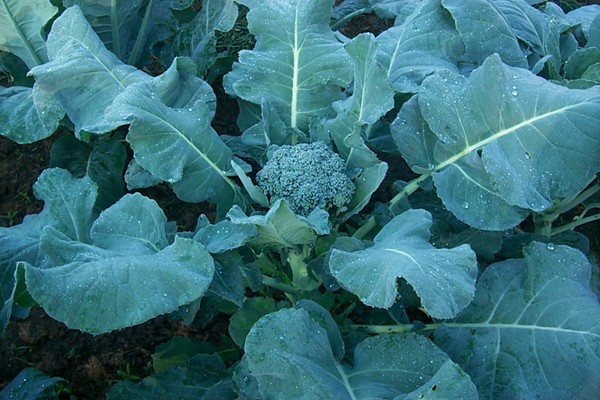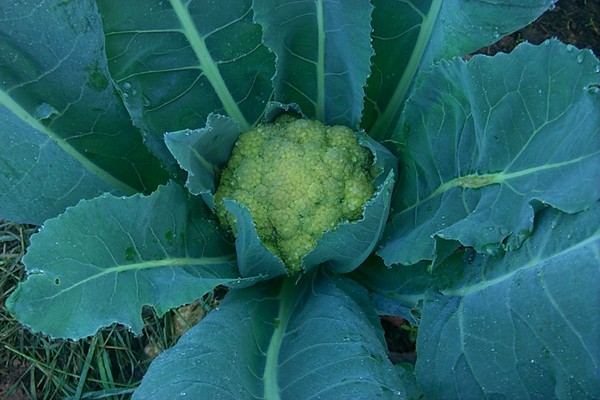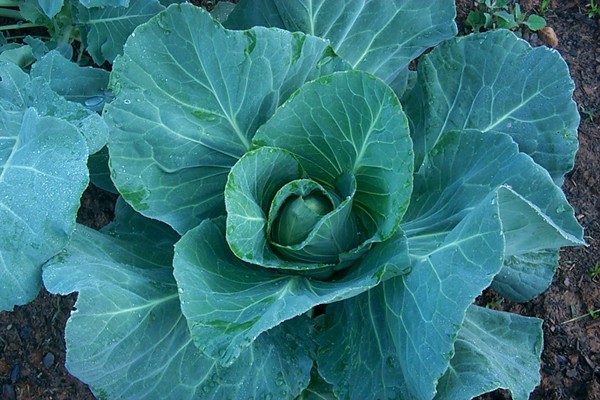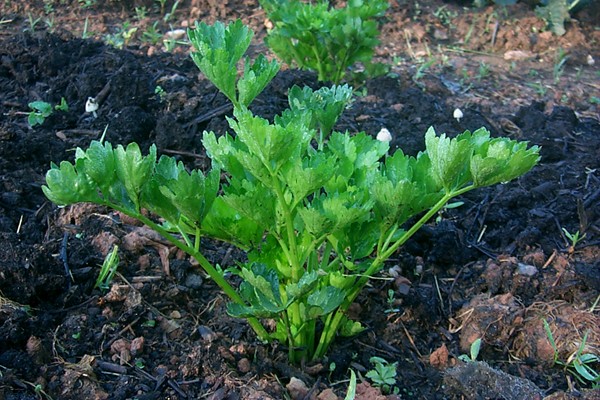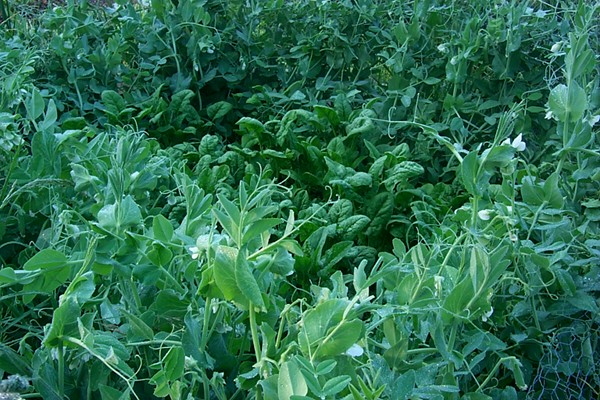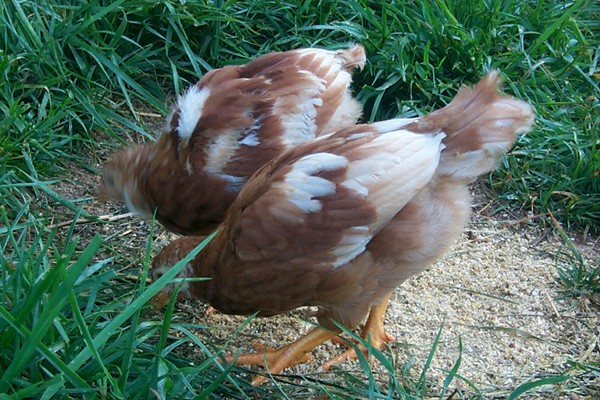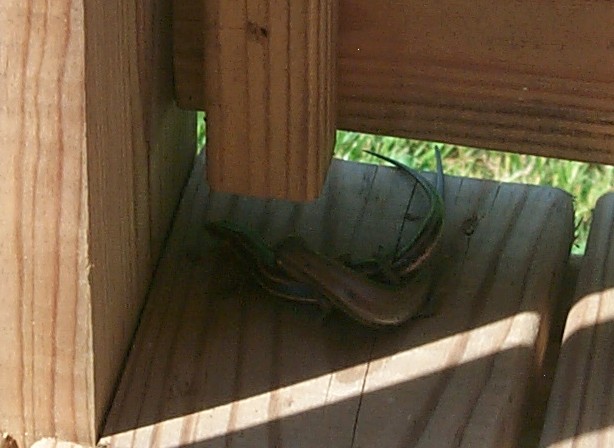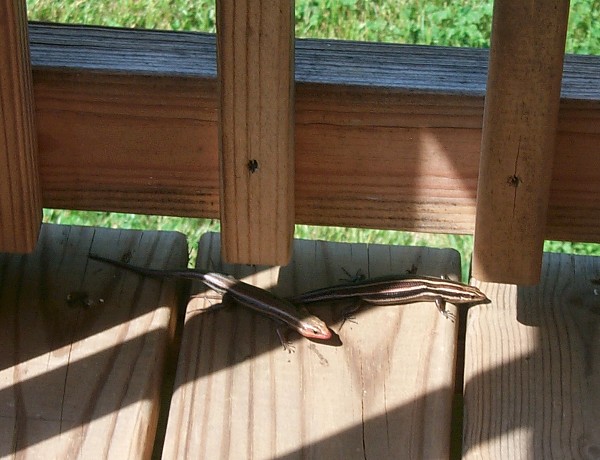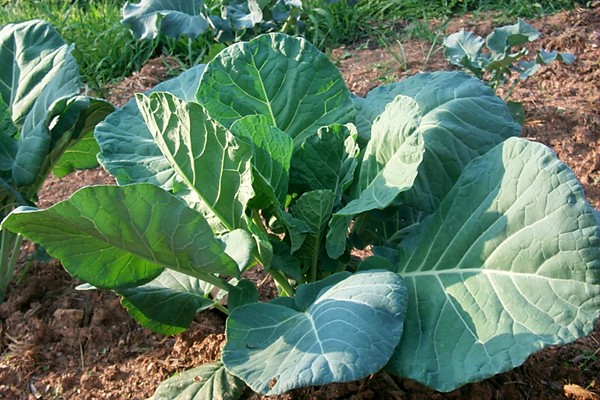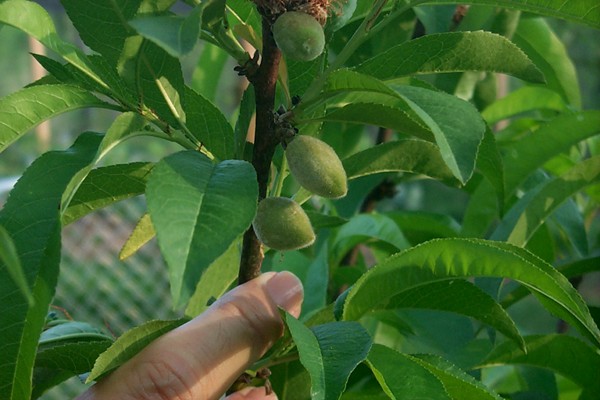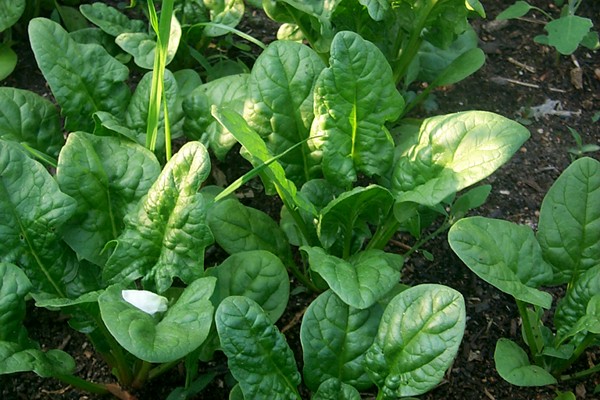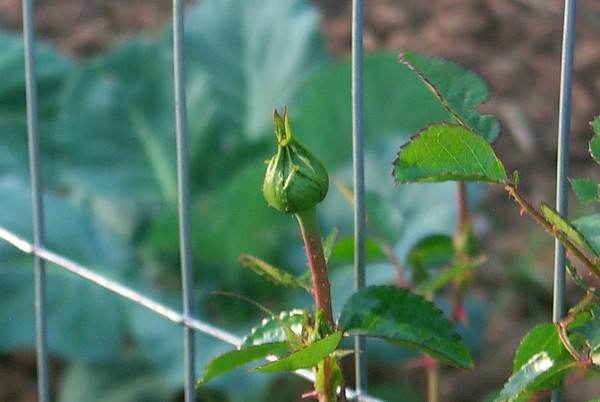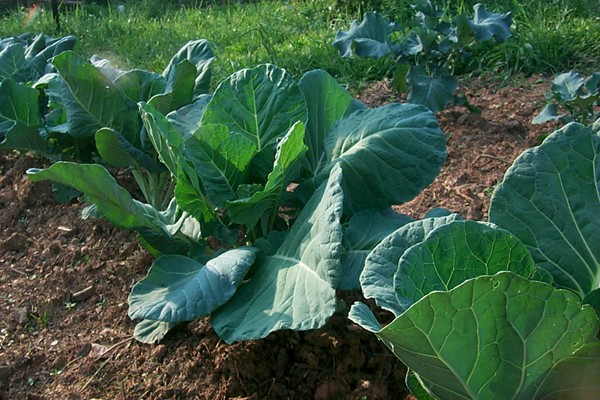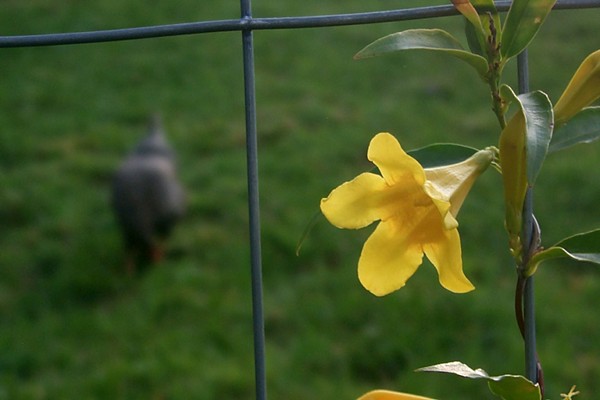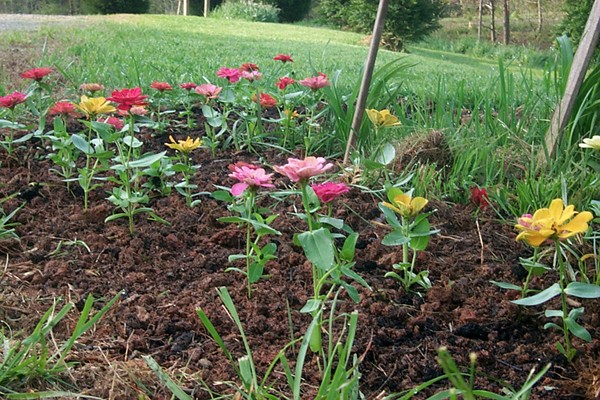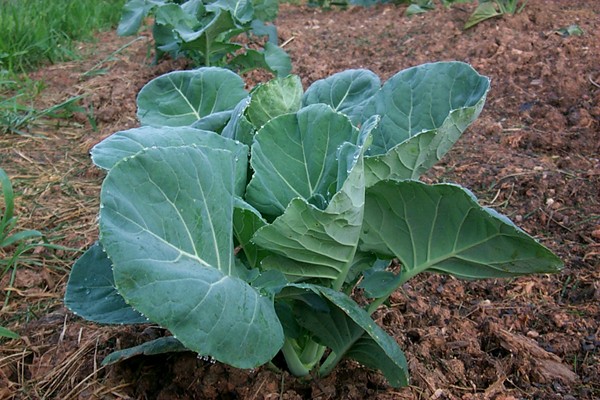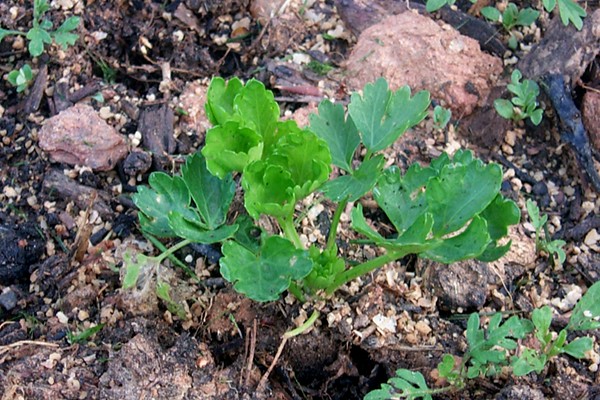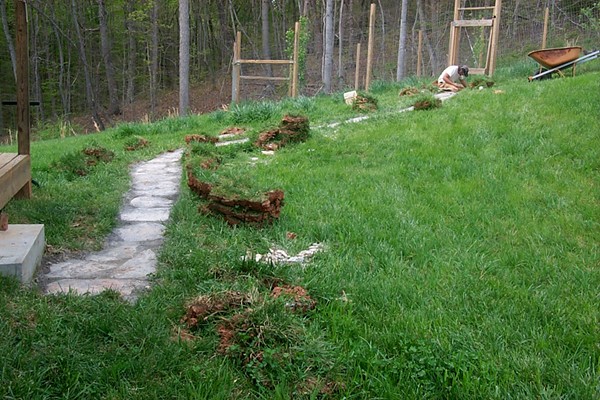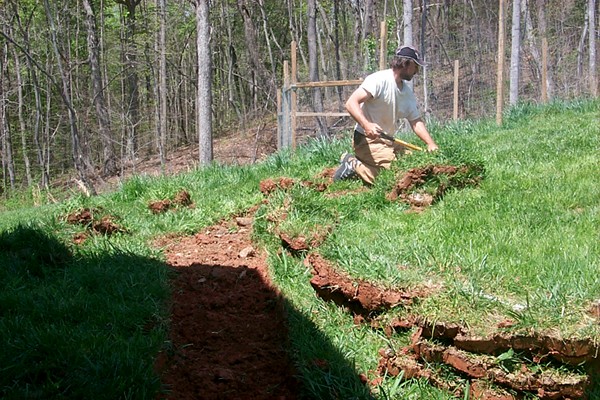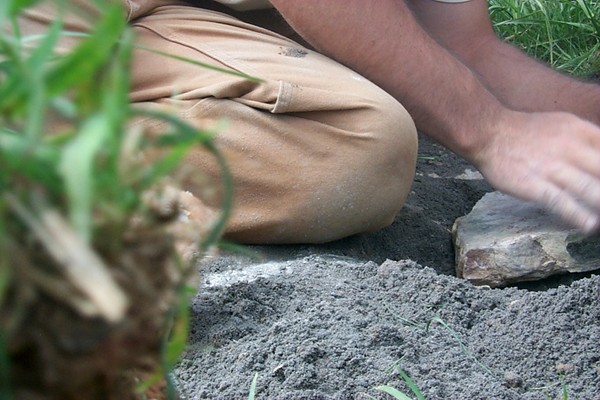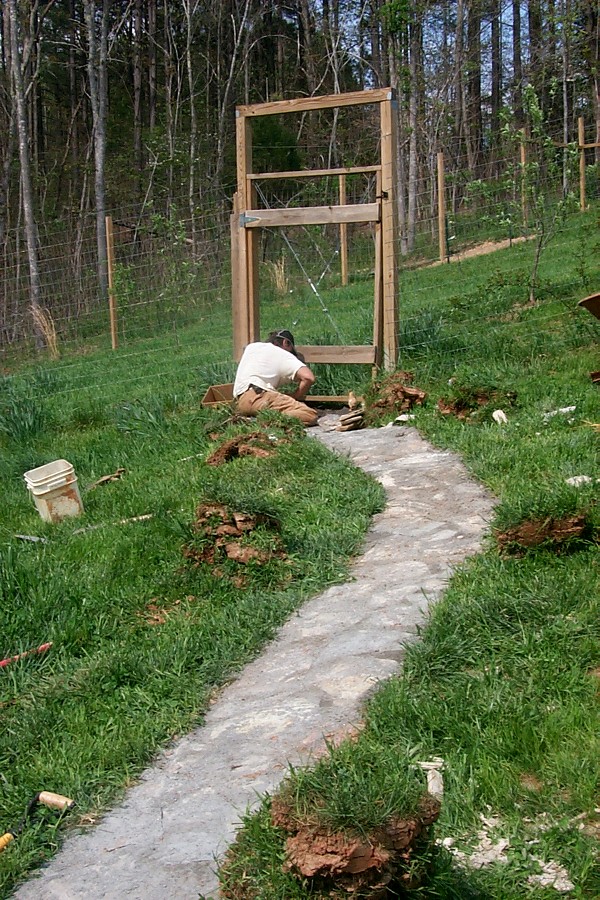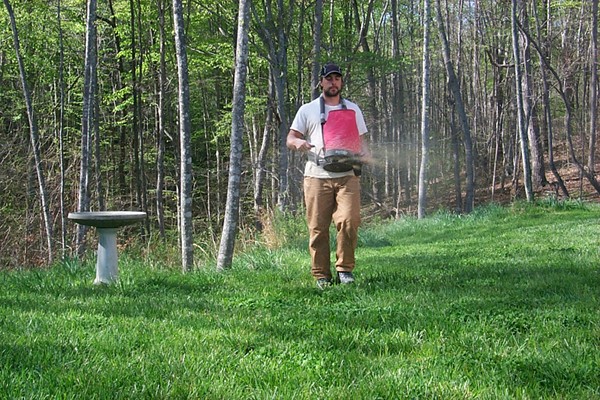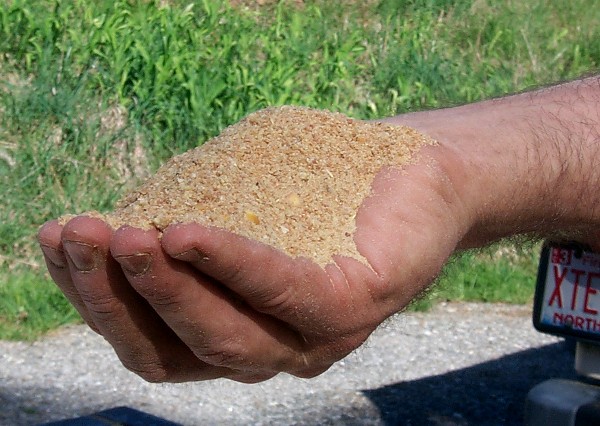
The chickens — Patience, Chastity and Ruth — seem to have developed a new behavior. This morning the three of them gathered along the fence at the bottom of the garden, at the point nearest the house, and sang. They were looking toward the house while they sang, and it went on for quite some time. I feel sure it was a form of communication, aimed at Ken and me, and I think it meant, “Please brings us some mash and some treats, right now.”
If one hen sings alone, my first assumption would be that she just laid an egg. If two hens sing together, I’d assume they’re having a conversation. If three hens sing together, it is amazingly operatic, and quite beautiful, actually. Listening to their aria this morning I was very aware that the hens have long been part of the family.
Which brings me to something I’ve been procrastinating on writing about, because I don’t enjoy telling sad stories. The two baby chickens are gone, taken by predators a week ago. They had been living downstairs in the henhouse, with the big chickens upstairs. A predator worried its way through the joint in the wire where the upper wire fabric connects with the wire fencing underneath the chickenhouse. The amount of strength and dexterity required to have gotten through the wire was impressive, though the hole was not large. But somehow something fairly small, and very strong, got in. I suppose it could have been a raccoon, though some have asked whether there might be weasels in the area. I don’t know.
It’s small comfort to try to be philosophical and just say that that’s the way of nature, that everybody wants a chicken dinner. I feel a certain amount of shame, because I was responsible for protecting those chickens. I’m also daunted by the difficulty of upgrading the defenses and trying again with more baby chickens. But it must be done. The three hens are so productive, and so sweet to have around, that I can’t imagine not having chickens. I wish that all farm animals could be as content and as well cared for as Patience, Chastity and Ruth.
Meanwhile, now that spring is busting out all over — especially with the excellent rains and good growing weather we’ve had this month — I am stunned at the explosion of life around the abbey. Everything is lush and green. The roses, the honeysuckle, and some of the wildflowers are blooming. I believe there are five times more birds this year than there were last year. They’re attracted by the ever denser, natural-looking habitat. I’ve seen baby rabbits, baby groundhogs, baby squirrels, and baby voles. There are birds’ nests all over the place. Yesterday Ken and I saw young bluebirds practicing their flying, being watched over by their parents. A mocking bird’s nest in one of the arbor vitae trees contains three eggs. Three times we’ve seen the terrapin that lives in the rabbit patch and have had to carry it out of the yard. I’ve seen skinks fornicating, and several times Lily has caught skinks in the house. She never hurts the skinks, even when she carries them in her mouth. She only wants to use them as toys. When we take the skinks outside, we’ve started carrying them some distance from the house, hoping to reduce the population of “porch lizards,” which has gotten a bit out of hand. The voles also are out of hand (and out of the day lily patch and into the garden) and have been clambering up the pea vines and eating peas. I’ve ordered vole traps (live traps). I’ll probably have to take the captured voles at least a couple of miles away to keep them from coming back. A mocking bird has been stealing strawberries. The doves flock to the chickens’ feeder. The bird bath is increasingly popular. Ken and I may be monks, but the critters around here are not. They are incredibly fecund, gregarious, and happy. During May this place is like a Myrtle Beach for wild animals.
But some animals do eat other animals. I don’t think I’ll ever get used to that. Or, as Edna St. Millay said, talking about death, “I know. But I do not approve.”

